-
 Bitcoin
Bitcoin $106,754.6083
1.33% -
 Ethereum
Ethereum $2,625.8249
3.80% -
 Tether USDt
Tether USDt $1.0001
-0.03% -
 XRP
XRP $2.1891
1.67% -
 BNB
BNB $654.5220
0.66% -
 Solana
Solana $156.9428
7.28% -
 USDC
USDC $0.9998
0.00% -
 Dogecoin
Dogecoin $0.1780
1.14% -
 TRON
TRON $0.2706
-0.16% -
 Cardano
Cardano $0.6470
2.77% -
 Hyperliquid
Hyperliquid $44.6467
10.24% -
 Sui
Sui $3.1128
3.86% -
 Bitcoin Cash
Bitcoin Cash $455.7646
3.00% -
 Chainlink
Chainlink $13.6858
4.08% -
 UNUS SED LEO
UNUS SED LEO $9.2682
0.21% -
 Avalanche
Avalanche $19.7433
3.79% -
 Stellar
Stellar $0.2616
1.64% -
 Toncoin
Toncoin $3.0222
2.19% -
 Shiba Inu
Shiba Inu $0.0...01220
1.49% -
 Hedera
Hedera $0.1580
2.75% -
 Litecoin
Litecoin $87.4964
2.29% -
 Polkadot
Polkadot $3.8958
3.05% -
 Ethena USDe
Ethena USDe $1.0000
-0.04% -
 Monero
Monero $317.2263
0.26% -
 Bitget Token
Bitget Token $4.5985
1.68% -
 Dai
Dai $0.9999
0.00% -
 Pepe
Pepe $0.0...01140
2.44% -
 Uniswap
Uniswap $7.6065
5.29% -
 Pi
Pi $0.6042
-2.00% -
 Aave
Aave $289.6343
6.02%
What is NFT staking mining? What are the benefits and risks?
NFT staking mining allows users to lock their NFTs on a platform to earn rewards, offering passive income while contributing to network security and liquidity.
Jun 20, 2025 at 10:15 am
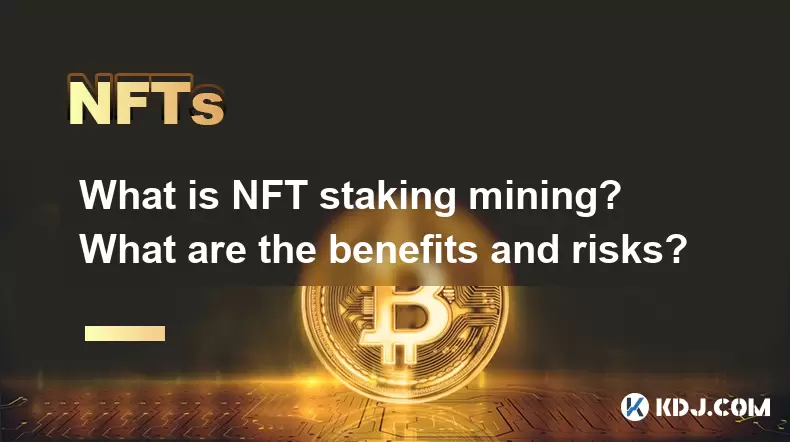
Understanding NFT Staking Mining
NFT staking mining refers to the process where holders of non-fungible tokens (NFTs) lock up or "stake" their digital assets on a blockchain platform to earn rewards. This concept is an evolution of traditional Proof-of-Stake (PoS) mechanisms used in cryptocurrency networks, adapted for NFT ecosystems.
Unlike conventional crypto staking, which involves locking fungible tokens like ETH or SOL, NFT staking allows users to stake unique digital collectibles or assets. These NFTs can represent art, game items, virtual land, or other forms of digital ownership. By participating in this activity, users contribute to network security or liquidity and are rewarded with tokens or additional NFTs.
Platforms that support NFT staking mining typically operate within decentralized finance (DeFi) protocols or GameFi projects, where user engagement is incentivized through tokenomics models.
How Does NFT Staking Mining Work?
To understand how NFT staking mining functions, it's essential to break down the underlying mechanics:
- Users must own compatible NFTs that qualify for staking on a specific platform.
- They connect their digital wallet (e.g., MetaMask, Trust Wallet) to the staking interface.
- Once connected, they select the NFT(s) they wish to stake.
- After confirming the transaction via the wallet, the NFT is locked into the smart contract.
- The platform then begins distributing rewards based on predefined criteria such as time, rarity, or contribution.
Rewards are often issued in the form of governance tokens, utility tokens, or exclusive NFT drops. Some platforms also allow compound staking, where earned tokens can be automatically reinvested to increase yield over time.
It’s crucial to note that while staked, the NFT cannot be transferred or sold, which introduces certain limitations on asset liquidity.
Benefits of NFT Staking Mining
One of the primary benefits of NFT staking mining is the opportunity to generate passive income without selling the underlying NFT. This appeals to collectors who want to retain ownership while still leveraging their digital assets.
Another key advantage is increased utility for NFTs beyond mere ownership. Many NFTs sit idle in wallets after purchase; staking provides a way to put them to productive use.
Additionally, platforms offering NFT staking mining often grant stakers access to exclusive content, early releases, or voting rights in governance decisions. This enhances community participation and decentralization.
From a technical standpoint, staking NFTs contributes to network stability and engagement, especially in DeFi or metaverse-based applications where user retention is critical.
Lastly, some projects offer multiplier effects for rarer or higher-tier NFTs, allowing holders of premium assets to earn disproportionately higher rewards compared to standard ones.
Risks Associated with NFT Staking Mining
Despite its potential benefits, NFT staking mining carries several risks that users should carefully evaluate before participating.
Firstly, smart contract vulnerabilities pose a significant threat. If the platform’s code contains bugs or has not undergone thorough audits, there is a risk of fund loss due to exploits or hacks.
Secondly, impermanent loss can occur if the staking pool relies on liquidity provision or dual-token reward systems. Market volatility may cause the value of the staked NFT or earned rewards to decline unexpectedly.
There is also the issue of lock-up periods. During this time, the NFT cannot be accessed or sold, which could be problematic if the market value of the NFT increases significantly or if the user needs to liquidate quickly.
Moreover, regulatory uncertainty around NFTs and staking mechanisms remains a gray area in many jurisdictions. Changes in laws or enforcement actions could affect the legality or viability of ongoing staking activities.
Lastly, rug pulls or exit scams by project developers remain a real concern in less reputable ecosystems. Always verify the legitimacy and transparency of the project team before staking any valuable NFTs.
Selecting the Right Platform for NFT Staking Mining
Choosing the correct platform is crucial when engaging in NFT staking mining. Not all platforms are created equal, and the quality of rewards, security measures, and user experience can vary widely.
Begin by researching platforms that have a proven track record and positive community feedback. Look for those that publish regular updates, undergo third-party audits, and maintain transparent communication channels like Discord or Telegram.
Also, consider the reward structure—some platforms distribute daily, weekly, or monthly, while others require longer commitments for higher yields. Understand the tokenomics model behind the rewards to assess sustainability.
User interface and accessibility matter too. A smooth staking process with clear instructions enhances usability, especially for newcomers.
Lastly, check whether the platform supports multiple blockchains or only one. Cross-chain compatibility can expand your options and reduce dependency on a single ecosystem.
Always start with smaller stakes or test NFTs before committing high-value assets. This minimizes exposure during the learning phase.
Frequently Asked Questions (FAQs)
Q: Can I unstake my NFT anytime?
Most platforms allow unstaking, but some impose cooldown periods or penalties for early withdrawal. Always review the platform’s unstaking rules before locking your NFT.
Q: Are rewards from NFT staking taxable?
Yes, in many countries, rewards received from staking are considered taxable income. Consult a tax professional or use a crypto tax calculator to ensure compliance with local regulations.
Q: How do I know if my NFT is eligible for staking?
Check the official website or whitepaper of the NFT project you own. Many platforms list compatible collections or provide tools to verify eligibility directly in their dApp interfaces.
Q: Is NFT staking mining better than renting out NFTs?
This depends on your goals. Staking offers passive income with long-term engagement, while renting provides short-term gains without locking assets. Evaluate both strategies based on your investment horizon and risk tolerance.
Disclaimer:info@kdj.com
The information provided is not trading advice. kdj.com does not assume any responsibility for any investments made based on the information provided in this article. Cryptocurrencies are highly volatile and it is highly recommended that you invest with caution after thorough research!
If you believe that the content used on this website infringes your copyright, please contact us immediately (info@kdj.com) and we will delete it promptly.
- Filecoin, Secure Storage, and Avalanche Enterprises: A New Era of Blockchain Collaboration
- 2025-06-20 14:45:13
- SEI Price Surge: Decoding the Reasons Behind the Rise
- 2025-06-20 14:25:12
- Cryptos for the Long Haul: Early Investors' Edge in 2025
- 2025-06-20 14:25:12
- Bitcoin Price in June 2025: Riding the $100K Wave?
- 2025-06-20 14:45:13
- Tether, Stablecoins, and Public Offerings: A New York Perspective
- 2025-06-20 15:05:13
- XRP Price Consolidates as Solana Meme Coin Snorter Token Gains Traction
- 2025-06-20 15:25:12
Related knowledge
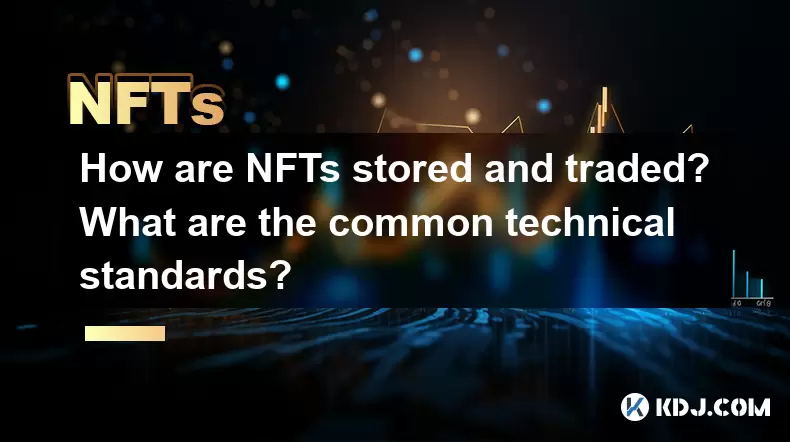
How are NFTs stored and traded? What are the common technical standards?
Jun 20,2025 at 08:49am
Understanding NFT Storage MechanismsNon-Fungible Tokens (NFTs) are digital assets that represent ownership of a unique item or piece of content, such as art, music, videos, or virtual real estate. The way NFTs are stored is crucial to their security and accessibility. Most NFTs are built on blockchain platforms like Ethereum, and the actual file—such as...

What is the difference between NFT and digital collectibles? A must-read guide for beginners
Jun 19,2025 at 09:42pm
Understanding the Basics of NFTsNFTs, or Non-Fungible Tokens, are unique digital assets that represent ownership of a specific item or piece of content on the blockchain. Unlike cryptocurrencies such as Bitcoin or Ethereum, which are fungible and can be exchanged one-for-one, each NFT has distinct properties and cannot be directly replaced by another to...
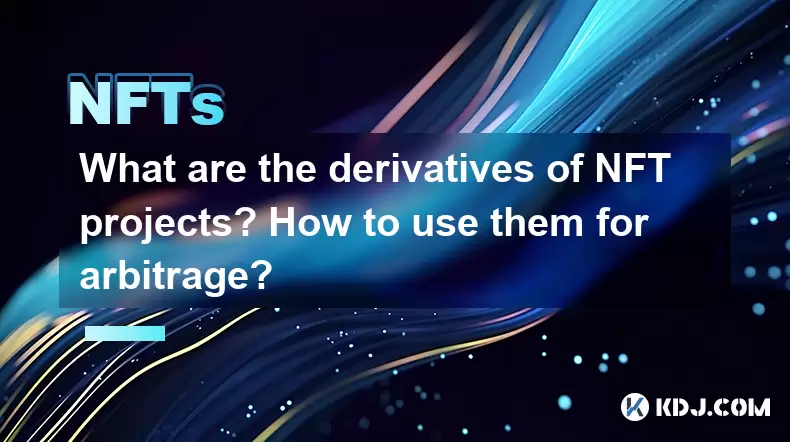
What are the derivatives of NFT projects? How to use them for arbitrage?
Jun 20,2025 at 06:14am
Understanding the Derivatives of NFT ProjectsNFTs, or non-fungible tokens, have evolved beyond simple digital collectibles. In recent years, derivatives of NFT projects have emerged as a new financial layer within the blockchain ecosystem. These derivatives are essentially financial instruments derived from the value and performance of underlying NFT as...
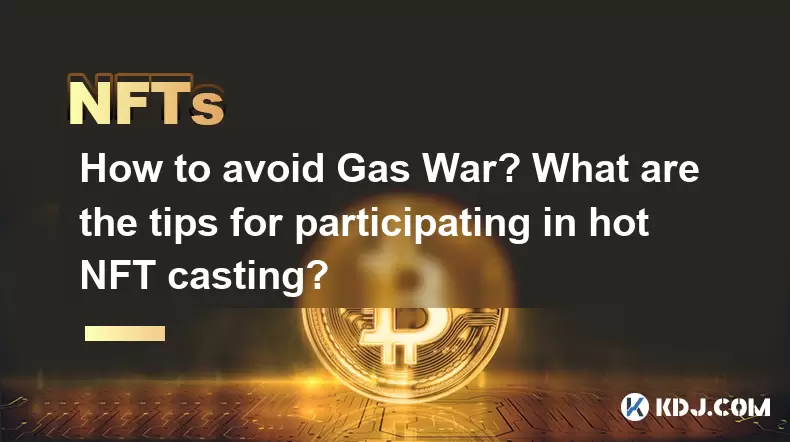
How to avoid Gas War? What are the tips for participating in hot NFT casting?
Jun 19,2025 at 11:00pm
Understanding Gas Wars in the NFT SpaceIn the world of NFT casting and minting, a Gas War refers to the intense competition among users on blockchain networks like Ethereum, where participants raise their gas fees to prioritize transaction confirmations. This typically occurs during high-demand NFT drops, especially when limited-edition digital assets a...
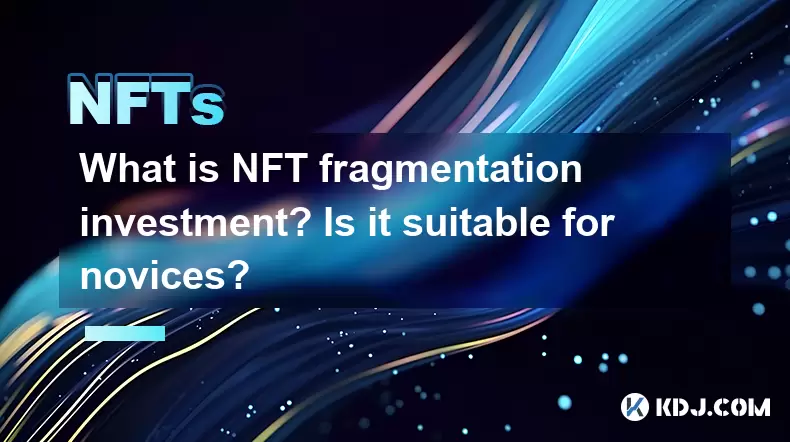
What is NFT fragmentation investment? Is it suitable for novices?
Jun 20,2025 at 02:01am
Understanding NFT Fragmentation InvestmentNFT fragmentation investment refers to the process of dividing a single non-fungible token (NFT) into multiple smaller, fungible tokens. This allows investors to purchase portions of an NFT rather than having to buy the entire asset outright. The concept is similar to buying shares in a company — instead of owni...
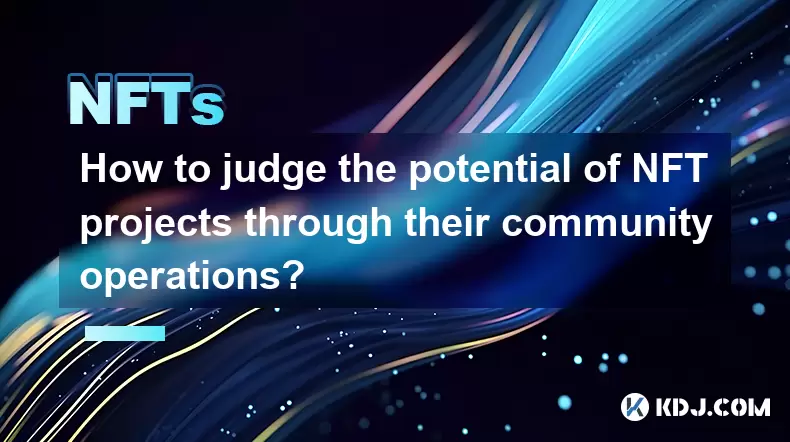
How to judge the potential of NFT projects through their community operations?
Jun 20,2025 at 01:15pm
What Is the Role of Community in NFT Projects?In the NFT ecosystem, community plays a foundational role in determining the long-term success and sustainability of a project. Unlike traditional digital assets, NFTs derive significant value from their utility, rarity, and the engagement level of their holders. A strong and active community can drive deman...

How are NFTs stored and traded? What are the common technical standards?
Jun 20,2025 at 08:49am
Understanding NFT Storage MechanismsNon-Fungible Tokens (NFTs) are digital assets that represent ownership of a unique item or piece of content, such as art, music, videos, or virtual real estate. The way NFTs are stored is crucial to their security and accessibility. Most NFTs are built on blockchain platforms like Ethereum, and the actual file—such as...

What is the difference between NFT and digital collectibles? A must-read guide for beginners
Jun 19,2025 at 09:42pm
Understanding the Basics of NFTsNFTs, or Non-Fungible Tokens, are unique digital assets that represent ownership of a specific item or piece of content on the blockchain. Unlike cryptocurrencies such as Bitcoin or Ethereum, which are fungible and can be exchanged one-for-one, each NFT has distinct properties and cannot be directly replaced by another to...

What are the derivatives of NFT projects? How to use them for arbitrage?
Jun 20,2025 at 06:14am
Understanding the Derivatives of NFT ProjectsNFTs, or non-fungible tokens, have evolved beyond simple digital collectibles. In recent years, derivatives of NFT projects have emerged as a new financial layer within the blockchain ecosystem. These derivatives are essentially financial instruments derived from the value and performance of underlying NFT as...

How to avoid Gas War? What are the tips for participating in hot NFT casting?
Jun 19,2025 at 11:00pm
Understanding Gas Wars in the NFT SpaceIn the world of NFT casting and minting, a Gas War refers to the intense competition among users on blockchain networks like Ethereum, where participants raise their gas fees to prioritize transaction confirmations. This typically occurs during high-demand NFT drops, especially when limited-edition digital assets a...

What is NFT fragmentation investment? Is it suitable for novices?
Jun 20,2025 at 02:01am
Understanding NFT Fragmentation InvestmentNFT fragmentation investment refers to the process of dividing a single non-fungible token (NFT) into multiple smaller, fungible tokens. This allows investors to purchase portions of an NFT rather than having to buy the entire asset outright. The concept is similar to buying shares in a company — instead of owni...

How to judge the potential of NFT projects through their community operations?
Jun 20,2025 at 01:15pm
What Is the Role of Community in NFT Projects?In the NFT ecosystem, community plays a foundational role in determining the long-term success and sustainability of a project. Unlike traditional digital assets, NFTs derive significant value from their utility, rarity, and the engagement level of their holders. A strong and active community can drive deman...
See all articles

























































































